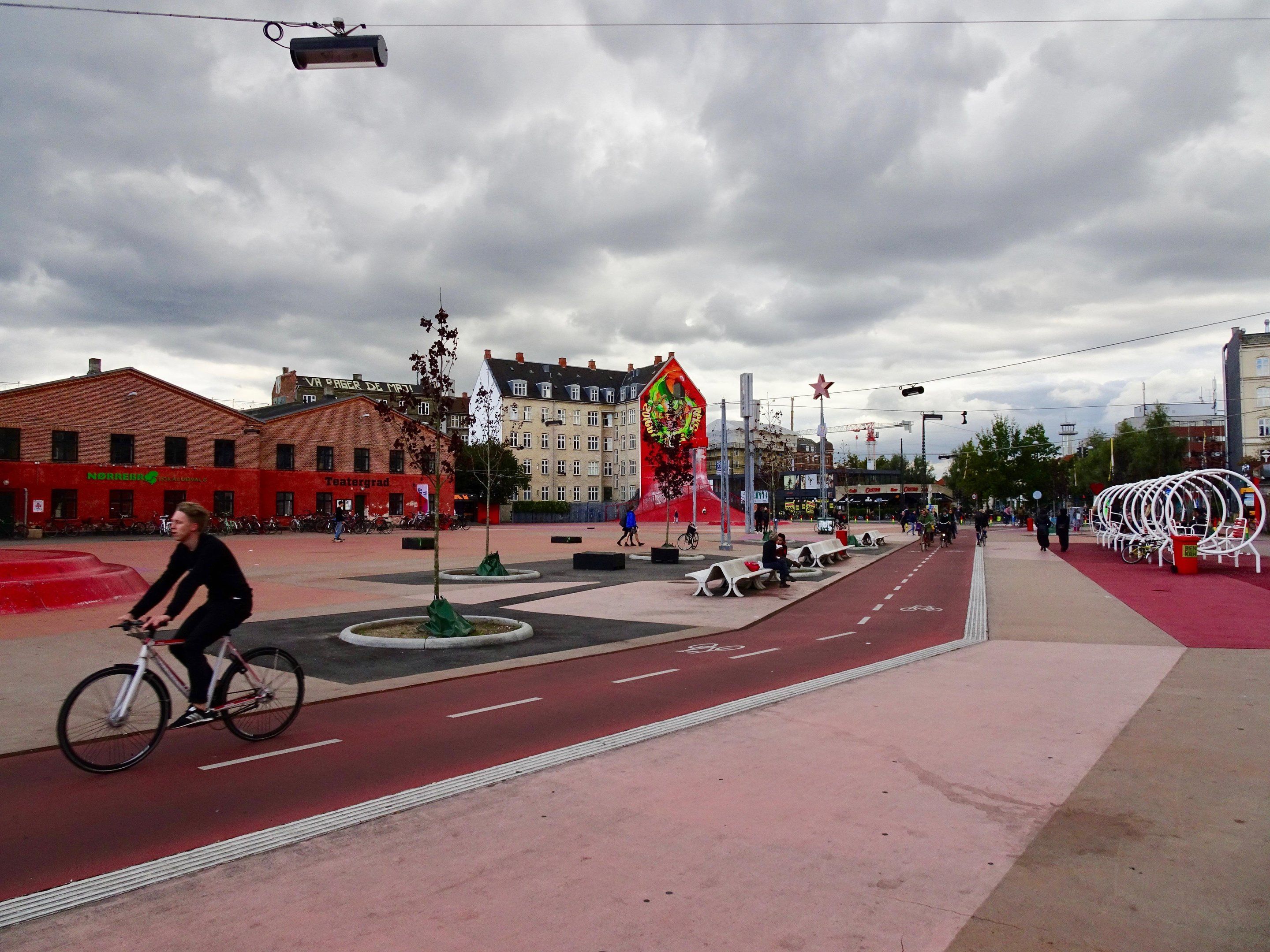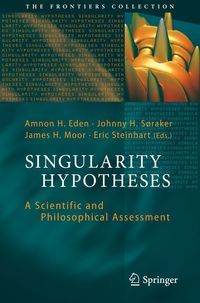Page 8837
May 2, 2018
Could Artificial Intelligence Solve The Problems Einstein Couldn’t?
Posted by Genevieve Klien in category: robotics/AI
With huge suites of data, we can extract plenty of signals where we know to look for them. Everything else? That’s where AI comes in.
May 2, 2018
Even as fear of Russia is rising, its military spending is actually decreasing
Posted by Genevieve Klien in categories: economics, military
Russia’s economy has been stagnating since 2014, and the money isn’t there for more costly military adventures.
May 2, 2018
Experimental Lung Treatment Could Make Breathing Easier
Posted by Genevieve Klien in category: innovation
An engineer in California has an invention that she hopes will someday help people with damaged lungs breathe easier.
Stanford University’s Annelise Baron has developed a synthetic version of something called lung surfactant. Lung surfactant coats the tiny air sacs in the lung. Without it, every breath would be a struggle, like blowing up millions of little balloons. With surfactant, breathing is as easy as blowing soap bubbles.
Scientists inferred the existence of lung surfactant in the 1950s, and then Dr. Mary Ellen Avery showed that premature infants were unable to make surfactant, explaining the often fatal respiratory distress syndrome they suffered from.
Continue reading “Experimental Lung Treatment Could Make Breathing Easier” »
May 2, 2018
This Is How to Get Started With AI When the Only Thing You Know Is the Acronym
Posted by Genevieve Klien in categories: business, robotics/AI
1. Predictive analytics
Imagine being able to project a customer’s worth as soon as he buys your service. Sounds impossible, right? Well, in the course of our AI-as-triage work, we helped a leading online registry predict the lifetime value of its patrons within a few days of sign-up with 90 percent accuracy. Now, the registry can make more informed decisions about its customer service, delivering as much value as possible to its most loyal users.
Of course, creating a predictive solution requires a complete record of your customer interactions. Building this database takes time, but many of the necessary components are available off the shelf. Even if predictive analytics are a way off for your business, start collecting customer data now so you’ll have it when you decide to tap into AI.
May 2, 2018
Why genetic IQ differences between ‘races’ are unlikely
Posted by Genevieve Klien in categories: evolution, genetics, neuroscience
The idea that intelligence can differ between populations has made headlines again, but the rules of evolution make it implausible.
Kevin Mitchell
Associate professor of genetics and neuroscience at Trinity College Dublin.
Continue reading “Why genetic IQ differences between ‘races’ are unlikely” »
May 2, 2018
Can Humans Survive a Faster Future?
Posted by Bill Kemp in categories: security, transportation
Life is moving faster and faster. Just about everything—transportation, weapons, the flow of information—is accelerating. How will decisionmakers preserve our personal and national security in the face of hyperspeed?
May 2, 2018
Dense urbanism is great for downtowns. But what about suburbs?
Posted by Bill Kemp in category: futurism
May 2, 2018
Why public spaces in European cities are becoming homogenized
Posted by Bill Kemp in category: materials
European public spaces are becoming more original, but also more homogeneous. The author of an architecture thesis, written at EPFL, explains this paradox and calls on critics and public authorities to do something about it.
For almost two decades, designers of public spaces throughout Europe have been striving to give passers-by unique experiences. Using a multitude of materials, shapes, interactive street furniture and sensory effects, these squares, streets and walkways are becoming genuine tourist attractions for their cities. The problem is that, rather than integrating with the existing urban environment, the public spaces of the 21st century are tending to diverge from it intentionally and, most importantly, to look alike.
This is one of the findings in Sonia Curnier’s thesis, which she researched at EPFL’s Theory and History of Architecture Laboratory (LTH2), supervised by Bruno Marchand. Until now, academic research has mainly focused on the use of public spaces, for example observing whether or not passers-by really connect with them, but spent very little time looking at their design. This is the novel approach taken by Curnier’s thesis, which offers the first comprehensive overview of the subject. The public defense of his Ph.D. will take place on 2 May at EPFL.
May 2, 2018
Singularity Hypotheses Analysis
Posted by Amnon H. Eden in categories: computing, neuroscience, physics, singularity, transhumanism
Publication numbers are in: 55 thousand downloads! 🎉😁🍾.
Singularity Hypotheses: A Scientific and Philosophical Assessment offers authoritative, jargon-free essays and critical commentaries on accelerating technological progress and the notion of technological singularity. It focuses on conjectures about the intelligence explosion, transhumanism, and whole brain emulation. Recent years have seen a plethora of forecasts about the profound, disruptive impact that is likely to result from further progress in these areas. Many commentators however doubt the scientific rigor of these forecasts, rejecting them as speculative and unfounded. We therefore invited prominent computer scientists, physicists, philosophers, biologists, economists and other thinkers to assess the singularity hypotheses. Their contributions go beyond speculation, providing deep insights into the main issues and a balanced picture of the debate.


















